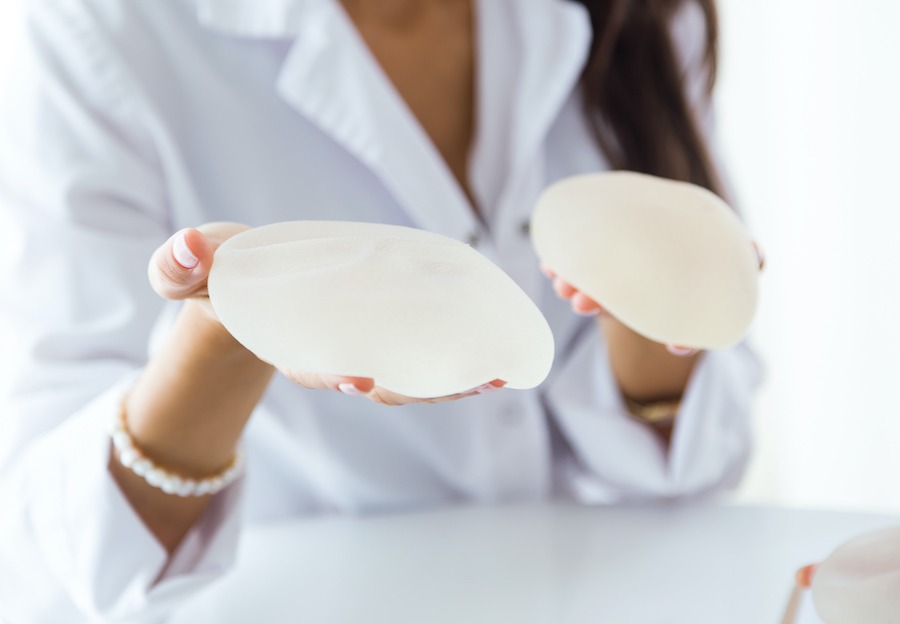Breast Implants: Critical Questions to Ask Your Surgeon

The Smart Patient Questions.
There are the obvious questions that most patients know to ask, like, Is the doctor board-certified? – And then there are key questions that the super savvy patients ask. I’ve put together a list of these questions and my responses to share with you. These questions will save you a ton of time in finding the right doctor. A little tip: if your doctor gets defensive in response to your questions, then they are likely the wrong doctor!
So, you really want implants, but you heard they were bad. What now?
First, let’s talk about what is great about implants. Immediate breast volume. Sizable to exactly where you want it. Small incisions. Look great.
But you have heard rumors. Are implants really bad? After being in practice for almost 20 years, I’ll let you know what bothers me, and what is probably a myth. First, the really bad. Old implants used to be made of silicone gel that was very gooey (i.e., not cohesive). IF the implant ruptured, SOME patients reacted to the free silicone badly, and had their implant and scar tissue get really hard, (capsular contracture), and even had hard lymph nodes. Today’s implants, though are cohesive, and the gel won’t leak and act gooey. So, does this problem just go away? I think, actually, it mostly does. There will no longer be giant blobs of silicone in patient’s axilla. I will say, though, that molecular silicone is still moving around. I have had patients with silicone in their lymph nodes with fairly new, unruptured implants. Keep in mind, though, that thousands of women have unruptured, cohesive gel implants and have absolutely wonderful, healthy lives. I put implants in patients all the time and they do just great, and never have a problem. Thousands of devices are made of silicone, like pacemakers, portacaths, feeding tubes, and more, and the track records of these devices are mostly excellent.
More important than the “silicone is dangerous” situation is what I think is the real problem, called biofilms. After years of dealing with complicated implant problems, most of these problems are caused by aggressive biofilms. These are inflammatory bacteria, like Cutibacterium acnes, that live in a film on the surface of the implant. These are very common and are found in almost 1/3 of implants that are removed. Some may be bad, like the C. acnes, and some may be without consequence, like S. epidermidis. How do we avoid biofilms? Put the implant in right. “No touch” technique, using a Keller funnel, and using an infra-mammary crease incision, minimize the risk of biofilm. That’s because you really don’t want an implant being passed through cut ducts in the breast (naturally have bacteria), or sweat glands in the armpit, or tracking up through the belly button. And the funnel prevents the implant from touching the skin as it is placed, keeping it away from normal skin flora. This is also true for implants that aren’t silicone, like orthopedic knee replacements, and titanium tooth implants, and even fillers in the face. IF you want to go down the biofilm rabbit hole, it can definitely be an issue no matter what the foreign device and you can get lots of published information from peer reviewed journals.
Ok, now let’s get to the real problem with implants. They need to be replaced about every 15-20 years. If you are 20, and you will live to 80, that’s 2 or three more surgeries. This is not a lifetime device! Twenty years is an eternity if you are in your twenties, so most young patients don’t really care.
Implants are usually placed below the muscle. After years of revising bad implants, I don’t like placing the implant under the muscle anymore. When the muscle is cut, it often produces a “pec flex” deformity, and many patients don’t like it. The surgery hurts more, and the recovery is slower, so now I often go “subfascial”, or under the pectoral fascia. For special cases, I use acellular dermal matrix (ADM) to hold the implant in position. This is the VIP treatment, because you have little to no pain, you have the implant in a soft bra that prevents contracture, and it never sags or pull on your breasts. The ADM is expensive though, so many patients will choose not to use it. I recommend it for all patients with revisional surgeries, as it’s worth it.
The rest of the problem with implants are all the things that everyone knows. They may stretch out your skin, you may have asymmetry, you may get an infection after surgery, you may have bruising or bleeding, etc. Overall, don’t get too greedy, don’t go too big (less than 350 please!), and keep the incision in the crease. I know lots of plastic surgeons would disagree with me, but keeps your chance of complications and revision low. Which is want we want!

Lets Chat!
Contact Us
We believe that the connection between the patient and the provider is at the heart of every successful procedure and look forward to meeting you in person to discuss your goals.
